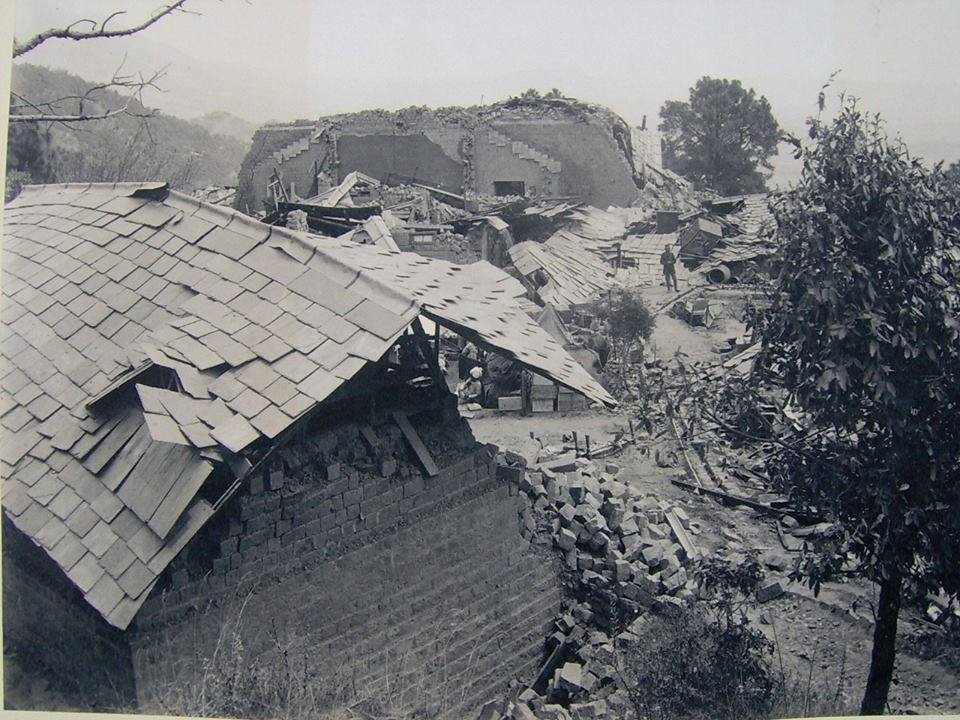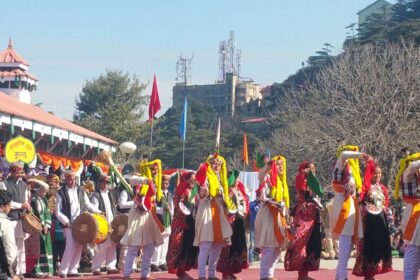The Himachal Pradesh Kangra Valley, tucked away in the shadow of the beautiful Himalayas, has been witness to the passage of millennia. The Kangra Earthquake of 1905 is one of the major historical occurrences that the area will always remember since it had a profound effect on both the environment and the lives of its residents.
On April 4, 1905, the Kangra Valley and the Kangra region of the Punjab Province (now known as Himachal Pradesh) in India experienced an earthquake.
Over 20,000 people were killed in the earthquake, which had a magnitude of 7.8 on the surface wave scale. The majority of the buildings in the cities of Dharamshala, Mcleodganj, and Kangra were destroyed.
The earthquake was claimed to have destroyed up to 100,000 buildings. An estimated 20,000 people have died and 53,000 domestic animals have also perished.
The system of hillside aqueducts that supplied water to the impacted area was also severely damaged. The entire cost of rebuilding after the earthquake was estimated to be 2.9 million (1905) rupees.

Impact and Epicenter Of Kangra Earthquake
The Kangra earthquake’s epicenter was close to the town of Kangra, which is now in the Himachal Pradesh state of India. Towns and villages nearby were affected as the earthquake waves spread outward, wreaking havoc over a wide arc.
The towns of McLeod Ganj, Palampur, and Dharamshala took the brunt of the earthquake, leaving behind broken structures and shattered landscapes.
Human tragedy and casualties
A significant number of lives were lost as a result of the earthquake. The earthquakes caused buildings, homes, and even entire communities to collapse, resulting in thousands of fatalities and numerous injuries.
The formerly prosperous towns were left to deal with the fallout, lamenting the deaths of loved ones and finding it difficult to put their broken lives back together.
Devastation of Infrastructure
Kangra’s architectural legacy, which is renowned for its historic buildings and old temples, was severely harmed. The Kangra Fort, a representation of the rich cultural past of the area, was damaged by the earthquake.
Significant structural damage was inflicted upon temples honoring gods such as Brajeshwari Devi and Baijnath, permanently changing the religious landscape.
Economic Disarray
Kangra’s economic stability was upset by the earthquake, which also rocked the city’s physical foundations. The area was predominately agricultural, thus repairing irrigation systems and restoring farmlands were a problem.
Kangra’s agriculture-based economy was severely damaged, resulting in a general state of economic chaos.
Administration Reaction and Rehabilitation
Following the Kangra earthquake, the Indian subcontinent was governed by the British colonial administration, which launched relief and reconstruction efforts.
Rescue teams were sent to the impacted areas to offer food, shelter, and medical assistance to the displaced people. Roads and communication networks were among the vital infrastructure that was attempted to be restored in order to aid in the rebuilding effort.
Effect and Reconstruction
The Kangra earthquake impacted the socioeconomic and cultural landscape of the area, leaving a lasting effect. With reconstruction work under progress, Kangra slowly began to flourish again, albeit in a different setting. Communities showed resiliency in the face of hardship by banding together to rebuild their lives.
Seismic Preparedness
The Kangra earthquake made the area’s seismic susceptibility more apparent. Developments in earthquake engineering, research, and construction methods to lessen the effects of future seismic disasters have occurred in the decades that followed.
Lessons from the tragedy of 1905 impacted urban development techniques and seismic building rules, resulting in heightened earthquake readiness in the Himalayan region.
Kangra in the modern era
Over time, Kangra has developed into a robust, modern area that strikes a balance between its historical heritage and current growth.
The people’s collective memory of the 1905 earthquake is still marked by its aftereffects, which serve as a constant reminder of the erratic forces that sculpt the ground beneath our feet.
Conclusion
The Kangra Earthquake of 1905 profoundly altered the history of Himachal Pradesh by transforming the region’s physical, cultural, and economic environment.
The memory of that dreadful day remains as a tribute to the fortitude and resiliency of Kangra’s people in the face of natural disasters, even as the city grows and prospers.
Even though the 1905 earthquake shocks have subsided, the lessons learned remain relevant and help to train future generations for a more robust and prepared future.




